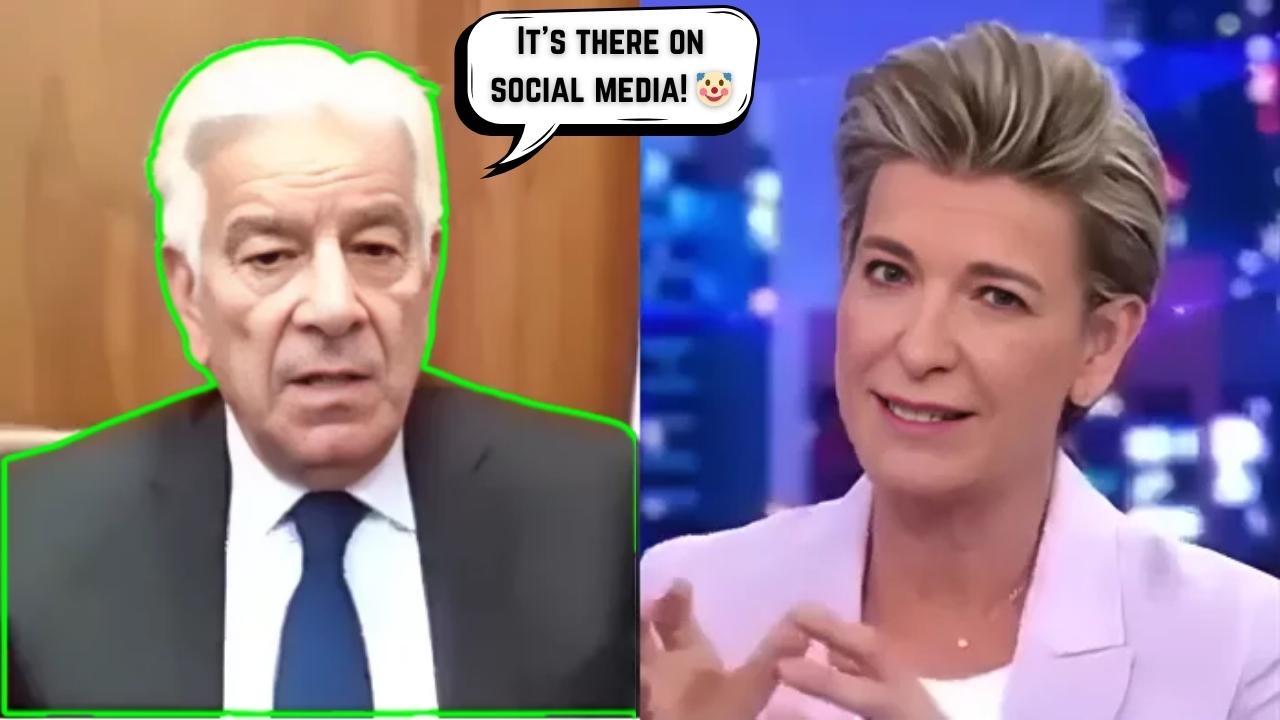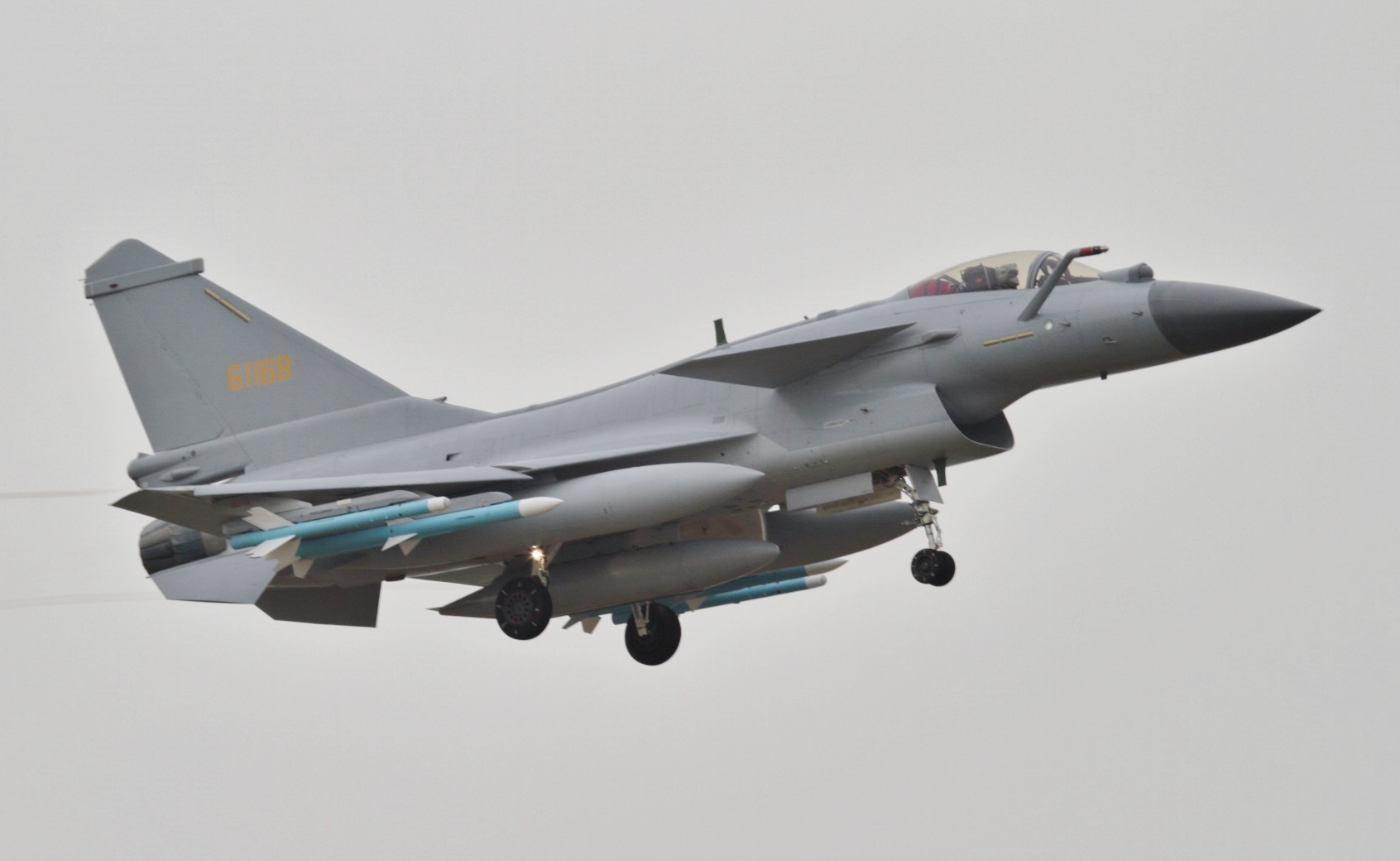The Great Mosquito Massacre: Anatomy of Pakistan’s Propaganda Disneyland
Did Pakistan Really Down Five Jets-Or Just Weaponise Wi-Fi and Wishful Thinking?
Total Views |

Operation Sindoor: The Fairy Tale of Five Flying Coffins
Somewhere between Disney fantasy and Rawalpindi realism lies Pakistan’s latest national blockbuster: “Five Indian Jets Shot Down Like Mosquitoes”. The protagonist? Foreign Minister Bilawal Bhutto Zardari, doing his best impression of a teenage Call of Duty streamer. In the script he read aloud, Indian jets fell from the sky like monsoon flies swatted by Pakistani radar—except, of course, there were no videos, no wreckage, no photos, no pilots, no confirmation. Not even a cockpit voice recorder. Just pure imagination and a microphone. The real battlefield wasn't the Line of Control—it was TikTok. It seems even a digital meme was deemed more reliable than radar logs or flight data.
The Curious Case of the Retracting Hindu
Adding a touch of Kafkaesque absurdity to the proceedings was the brief, shining moment of glory for The Hindu. This venerable Indian newspaper, in what can only be described as a collective journalistic hallucination, reported that three Indian jets had crashed in Indian-controlled Kashmir. The report was attributed to "government sources," those mythical creatures who seem to exist only to provide tantalizingly vague and often spectacularly inaccurate information.
The Hindu, to its credit (or perhaps under the crushing weight of reality), swiftly retracted the story. One can only imagine the frantic scramble in the newsroom as editors realized that their "exclusive" was about as exclusive as a shared taxi ride in Mumbai. However, the damage, as they say, was done. The incident served as a stark reminder of how even established media outlets can, in the heat of the moment, become unwitting vectors for misinformation.
CNN, Social Media, and the Defence of the Absurd

Then came the moment of global cringe: A CNN journalist, clearly expecting something resembling logic, asked the Pakistani Defence Minister for evidence. And out came the Holy Grail—“Indian media reports.” Cue a vague reference to journalists like Karan Thapar, who had interviewed a columnist from Dawn, who in turn had offered about as much clarity as fog in Murree.
This was a masterclass in circular referencing: Pakistani officials quoting Indian journalists quoting Pakistani columnists quoting social media. By the end, even the CNN anchor looked like she needed an aspirin.
China's J-10: A Star is Not Born

Enter China, stage left, with its own contribution to the theater of the absurd. In a display of what can only be described as "patriotic chest-thumping," Chinese social media handles began touting the J-10 fighter jet as the hero of this particular story. The J-10, we were told, had "outdone the French-made Rafale" and could now "hold its head high in the global arena." It was a bold claim, reminiscent of a small child flexing its biceps and declaring itself the strongest person in the world.
However, this narrative, too, ran into a slight snag. When confronted with the rather straightforward question of whether Chinese jets or equipment had been used, the Pakistani Defense Minister, in a moment of exquisite awkwardness, denied it, thus proving that joint propaganda without rehearsal is like a Qawwali sung off-beat by a Chinese dragon.
The Indian Echo Chamber: When the Enemy Doesn't Need Trolls
Meanwhile, some of our own intellectuals joined the festivities—not with guns, but with tweets and moral outrage. Sagarika Ghose emerged with her “So Far” video, asking the Prime Minister of the country to respond to a terror attack like she was asking about a delay in a Kolkata Metro train.
Then came the shining knight of post-retirement revelations—Satyapal Malik. In an interview with The Wire, he called the PM "Besharam" and "Darpok," as if India’s war rooms were managed via Zoom calls with Arnab Goswami. For someone who had access to classified information, Malik had all the gravitas of a retired uncle giving political commentary over chai at a wedding.
What the ISI couldn’t achieve with millions in funding, our ecosystem of disillusioned bureaucrats and click-hungry journalists achieved for free: question national intent, dilute the public will, and amplify Pakistan’s narrative—often citing Pakistani sources as "independent voices."
Jingoism and the Babri Masjid Fantasy

It wasn't just about downed jets. Pakistani Minister Attaullah Tarar added his own sparkle to the narrative by claiming that India raised "white flags" on the LoC. Apparently, India had surrendered—not that any Indian soldier noticed. The closest thing to a white flag seen at the LoC was probably a snowdrift.
This misinformation campaign was, of course, accompanied by the usual dose of jingoism. General Munir's call for a "civilization war" on India was a classic example of this time-honored tradition. It's a wonder he didn't throw in a few references to ancient battles and the glories of the past, just for good measure.

Then came the suggestion from a PPP senator that General Munir should be sent to recite the first azaan at Babri Masjid. One is left to ponder the precise job description of an army chief that includes such... extracurricular activities. Perhaps it's listed somewhere between "defending national borders" and "attending ceremonial parades."
Every Pakistani child may grow up chanting “Kashmir Banega Pakistan,” but their leaders now chant “Lal Qila Mein Jhanda,” like a Bollywood villain from 1982 with a speech problem.
Park Street Planning and Post-Truth Politicking
Of course, military strategy is no longer the art of deception. It’s now the art of being trolled by your own. Several Opposition leaders and commentators seem to think that launching a retaliatory strike is like picking a biryani spot on Park Street—walk, decide, eat.
They forget that wars are not Instagram stories. They require readiness, coordination, and an exit plan—not 280-character tantrums. Planning and patience are not cowardice; they are sanity in a world where one nuclear miscalculation could toast half the continent.
History Lessons: Of Manekshaw, Iron Ladies, and Real Wars

If only they remembered the history they so often quote. They conveniently overlooked the fact that Field Marshal Manekshaw asked for six months to prepare for the 1971 war, and that Mrs. Gandhi, showing a degree of patience and strategic foresight that seems to be sorely lacking in our present-day commentators, granted him that time.
Even Vajpayee, then in opposition, praised her leadership. He didn’t shout accusations. He didn’t call her “Besharam.” He didn’t do a podcast called “So Far.” He stood with the government. Because in those days, being in the Opposition meant opposing bad policies—not the very idea of India.
Conclusion: The Real Casualty-Truth
In the end, the only thing shot down with certainty was the truth. Pakistan’s claims, unsupported by evidence and bolstered by recycled images and social media “proof,” became a masterclass in modern disinformation. China’s role as backstage director, and the unwitting help from segments of Indian media and opposition, showed just how many hands can stir the propaganda pot.
The lesson? In the age of viral misinformation, even a mosquito can become a Rafale-if you repeat it often enough, and your audience is willing to believe.


